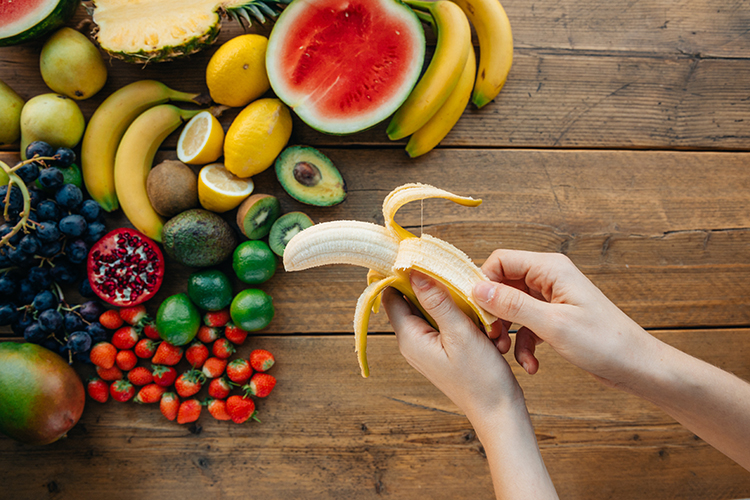
When I began studying nutrition nearly a decade ago, I did not realize that societal norms around diet will continue to astonish me even ten years into the field. Nutrition, just like any other field of science, can be broken down into numerous specializations, such as food packaging, sensory science, culinary science, medical nutrition therapy, food engineering, nutrition and metabolism, and diseases and disorders. It was, however, only during my Masters degree that I got interested in ratios of nutrients and their impact on the human body.
Employing my own curiosity in a course I teach this year, is not less than a discovery for myself and the students. In one of the mandatory course projects, students were supposed to record their own dietary intake for seven days and see how their average intake per day for each nutrient compares against Dietary Guidelines for America (DGA).
I encouraged students to specifically look at macronutrients such as fats (both saturated and unsaturated), carbohydrates including simple sugars, and dietary fiber, protein, and micronutrients such as sodium, potassium, calcium, vitamin D, iron, and vitamin C, so I could later demonstrate how intake of one nutrient impacts the other. Of course, you must be thinking that everyone’s saturated fat intake would have been skyrocketing! No, that wasn’t the case. While most of us were good with fat intake, it was the micronutrients, particularly sodium and potassium that were of concern. The DGA recommends no more than 2300 mg per day of sodium. Reducing intake of table salt is a common recommendation to help reduce sodium intake. However, when we analyzed were food intake breakdown, we were able to see how every food ingredient contributed to our embarrassingly high sodium numbers.
Per the CDC, bread rolls and buns, cold cuts, soups, burritos and tacos, chicken, cheese, eggs, and omelets make to the top 10 sources of sodium in our diet. Do you see some of your favorite southern food in the list? Yes, more than table salt, it was our regularly accepted food that was contributing to high sodium intake in our diets. High sodium intake has been linked to increased risk of heart diseases. It is unfortunate that despite heart diseases being the leading cause of deaths in the U.S. for over a decade, our food media messaging has not been strong enough to reduce sodium intake in our diets.
Ideally, a diet higher in potassium and lower in sodium is beneficial for heart health. In fact, a 2011 Harvard article discussed how our ancestors’ diet provided a sodium to potassium ratio of 1:16, but our current diet has unhealthy sodium to potassium balance (1.36:1). This emphasizes the need to really increase your dietary potassium intake. A recent Harvard article states that “For every 1,000 mg per day increase in potassium excretion, the risk of cardiovascular disease was 18% lower.”
When our fast-paced lifestyle and ever-changing food environment can help us only minimally in reducing our sodium intake, increasing potassium intake can help reach the adequate sodium to potassium ratio. Good sources of potassium include potatoes, bananas, beans and lentils, cantaloupe, coconut water, tomatoes, cashews, almonds, and dried fruits like raisins. With food, every little change helps! Replacing breakfast muffins and bagels with fruits and replacing a high sodium Gatorade with fresh coconut water can make your heart healthier and happier.
Dr. Kritika Gupta


